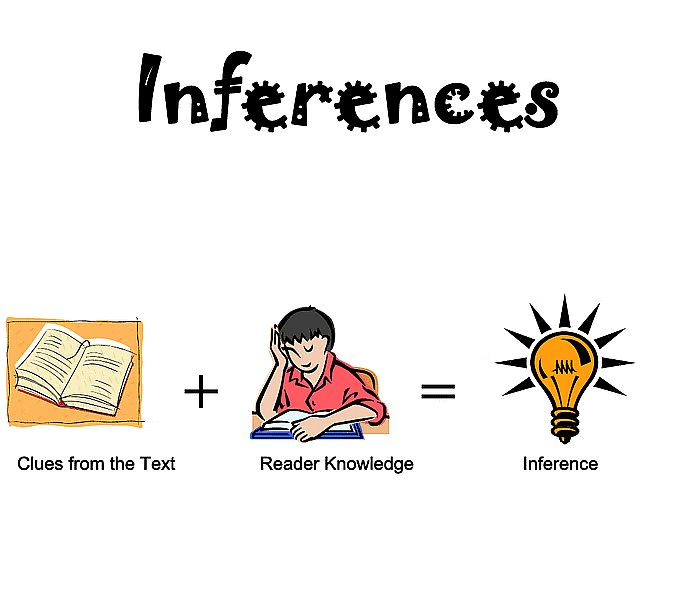Notes: Inferences | Logical Reasoning for UGC NET PDF Download
What is an Inference?
Inference is a logical conclusion derived from premises or statements known or assumed to be true.

Types of Inferences:
1. Immediate Inference:
When an inference is drawn from a single statement, it is known as 'immediate inference'.
Example:
Statement: All books are pages.
Conclusion: Some pages are books.
In this case, the conclusion is drawn from a single statement without requiring a second statement. Hence, it is termed as an immediate inference.
Methods to Draw Immediate Inference:
Implications: When drawing a conclusion through implication, the subject remains the subject and the predicate remains the predicate.
Example:
Statement: All boys are good.
Implication: Some boys will definitely be good because some is a part of all.
Statement: No bags are roses.
Implication: Some bags are not roses.
- Immediate Inference through Implication:
Immediate inference through implication involves maintaining the subject and predicate in drawing conclusions.
- Conversions:
In conversions, the subject and predicate of a proposition are interchanged while maintaining the quality of the proposition.
Examples:
I. Statement: All lamps are mangoes. Conclusion: Some mangoes are lamps.
II. Statement: No men are wise. Conclusion: No wise are men.
III. Statement: Some rivers are ponds. Conclusion: Some ponds are rivers.
Conversion Table
| Types of Proposition | Gets converted into |
|---|---|
| A | I |
| E | E |
| I | I |
| O | Never gets converted |
2. Mediate Inference
Definition: In mediate inference, a conclusion is drawn from two given statements.Example:
- Statements: All dogs are cats, All cats are black.
- Conclusion: All dogs are black.
In this type of inference, the conclusion is derived from the two provided statements. Both statements are necessary to reach the conclusion, making it a mediate inference.
Method to Draw Mediate Inference:
1. Properly align the pair of propositions, ensuring the common term is the predicate of the first proposition and the subject of the second.
2. Consideration of Statements
- Some bats are chairs
- Some cats are bats
3. Alignment of Statements
When aligning statements, it is crucial to follow a priority order. The alignment should be based on the importance of each statement type:
- Priority order: I. Some cats are bats II. Some bats are chairs
- Aligned pair: Some cats are bats, Some bats are chairs
- Rule: Importance for conversion should be given first to I-type statement, then to E-type statement, and finally to A-type statement.
4. Understanding Logical Inferences
Aligning Statements- After aligning statements, if needed, we can draw inferences using the provided table.
- Types of I statements
- A = A
- E = E
- A = O* (exceptional case)
- I = O* (exceptional case)
- A = I
- E = O
- The conclusion follows a specific pattern where the subject of the first statement becomes the subject of the inference and the predicate of the second statement becomes the predicate of the inference, except in cases marked as O* in the table.
- The table depicts combinations of statements that yield definite and valid inferences. Other combinations do not produce certain inferences.
- In mediate inference, students must carefully select a complementary pair of conclusions where neither conclusion is definitively true, but a combination of both forms a complementary pair.
- When aligning statements, we can draw inferences using the table provided.
- The table outlines different types of I and II statements along with corresponding types of inferences.
- For instance, in cases marked as O*, the conclusion follows a reverse pattern compared to the standard inference structure.
- It is crucial to choose a complementary pair of conclusions to derive accurate mediate inferences.
|
28 videos|27 docs|13 tests
|
FAQs on Notes: Inferences - Logical Reasoning for UGC NET
| 1. What is an immediate inference? |  |
| 2. What is a mediate inference? |  |
| 3. How many types of inferences are commonly discussed in logic? |  |
| 4. Can you provide an example of an immediate inference? |  |
| 5. How is an inference different from an observation? |  |

|
Explore Courses for UGC NET exam
|

|

















